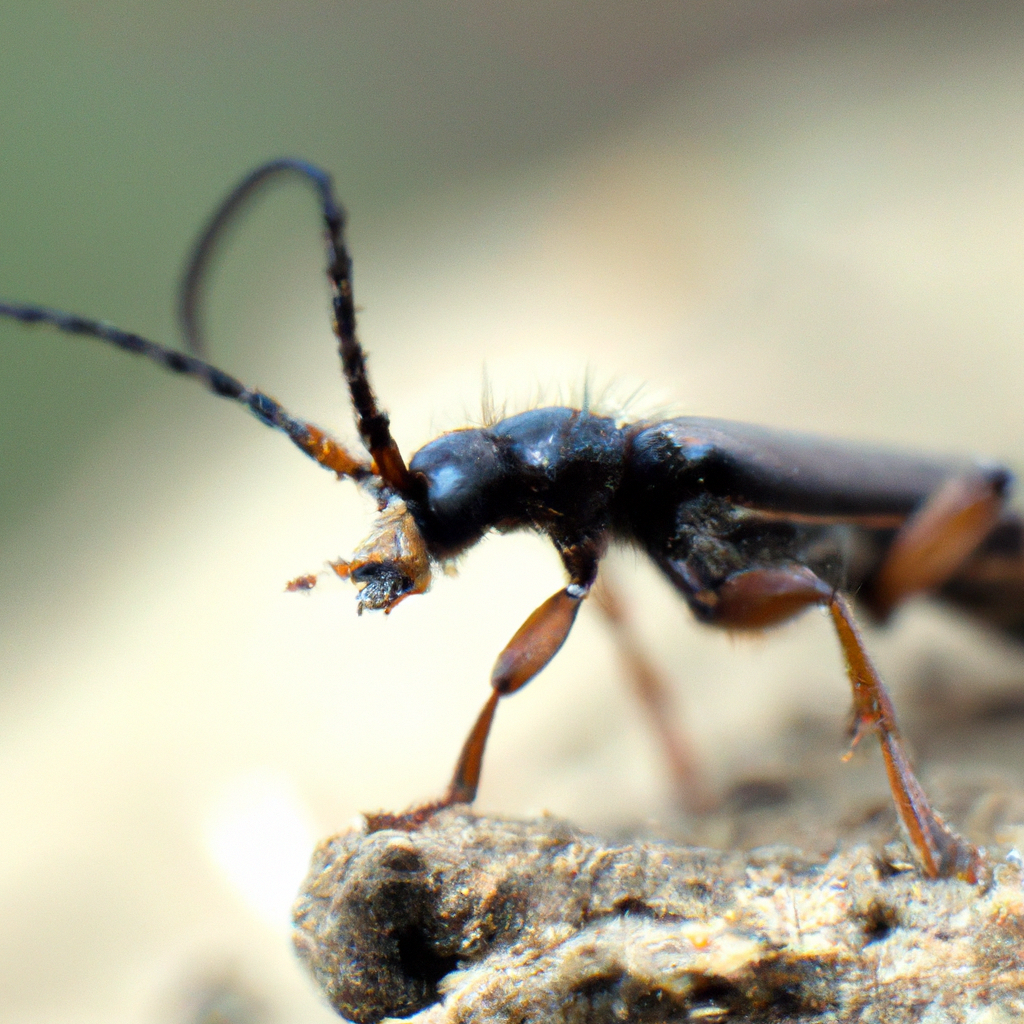Macro photography is an art that allows us to capture the details of small subjects like insects. It requires a great deal of skill and patience to get the perfect shot, but with the right techniques, anyone can become an expert in insect photography. In this article, we will explore the different techniques used in macro photography of insects, including close-up, focus, depth of field, lighting, composition, camera settings, and equipment.
Close-Up Technique
The close-up technique is the most important technique in macro photography. It involves getting as close as possible to the subject, which can be challenging when dealing with insects. To achieve this, you can use a macro lens, extension tubes, or close-up filters. A macro lens is the best option, as it provides the highest level of magnification and clarity. Extension tubes and close-up filters are affordable alternatives that can be attached to your existing lens.
Focus Technique
The focus technique is crucial in macro photography because it is easy to lose focus when shooting at a close range. To get the best shot, you must use manual focus instead of autofocus. This gives you more control over the focus point, allowing you to focus on the specific details you want to capture. Additionally, you should use a tripod or stabilizer to prevent camera shake, which can cause blurring.
Depth of Field Technique
Depth of field refers to the area in front and behind the subject that is in focus. In macro photography, the depth of field is very shallow, making it challenging to keep the entire subject in focus. To overcome this, you can use a small aperture (high f-stop number) to increase the depth of field. However, this will reduce the amount of light entering the camera, so you will need to compensate by increasing the ISO or using a longer shutter speed.
Lighting Technique
Lighting is essential in macro photography because it can make or break a shot. Using natural light is the best option, but it is not always possible, especially when shooting indoors. In this case, you can use a flash or LED light to provide additional lighting. When using a flash, it is essential to diffuse the light to avoid harsh shadows. A diffuser can be attached to the flash to achieve this. Alternatively, you can use a reflector to bounce light onto the subject, providing a more natural look.
Composition Technique
Composition is important in any type of photography, and macro photography is no exception. When composing your shot, you should consider the framing, angle, and perspective. It is best to get down to the insect’s level to capture a more natural perspective. Additionally, you should consider the rule of thirds, leading lines, and negative space to create a visually appealing image.
Camera Settings Technique
Camera settings are crucial in macro photography because they determine the exposure, sharpness, and color accuracy of the image. To get the best results, you should shoot in RAW format, which allows you to adjust the exposure and color temperature in post-processing. Additionally, you should use a low ISO to reduce noise, a fast shutter speed to freeze motion, and a high f-stop number to increase the depth of field.
Equipment Technique
The equipment used in macro photography is essential in achieving great results. As mentioned earlier, a macro lens is the best option for capturing insects. However, other equipment such as a tripod, stabilizer, diffuser, and reflector are also important in achieving sharp, well-lit images. It is important to invest in high-quality equipment to get the best results.
Conclusion
Macro photography of insects is a challenging but rewarding art. With the right techniques, anyone can achieve great results. The close-up, focus, depth of field, lighting, composition, camera settings, and equipment are all essential in capturing the details of these small subjects. By mastering these techniques, you can create stunning images that showcase the beauty of insects in all their glory.







